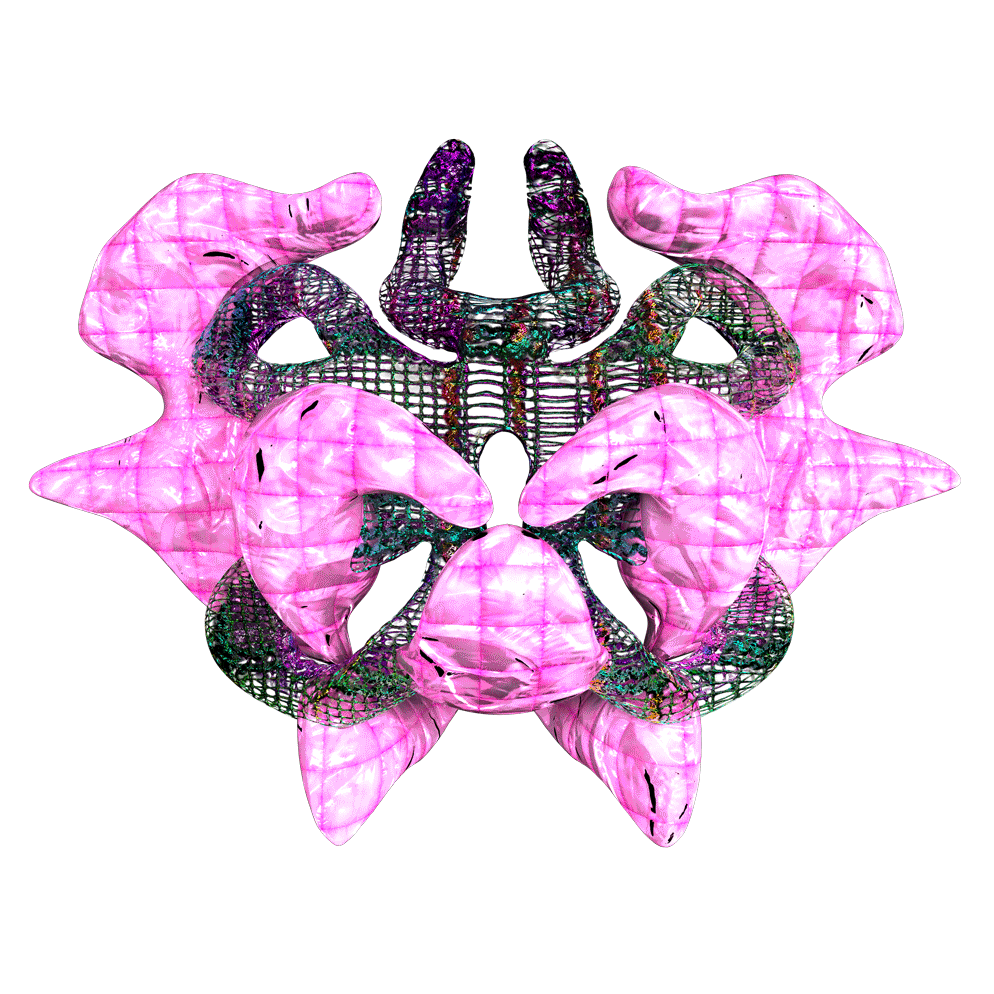TAKING THE ARTS & CRAFTS HOME / EXHIBITION
HARRY RANSOM CENTER, AUSTIN TX
1. Daniel Steegmann exhibition, utilizing Kriskadecor curtains



1.
FALL 2017, ADV. DESIGN I
AUG.-DEC 2017
prof. TAMIE GLASS
Teaming with the Harry Ransom Center, this studio focused on an exhibition celebrating the Arts & Crafts era and the related themes of dissemination, democratization, and down-marketing in design. I approached the project wanting to maintain the intimate, domestic sense of the era, but re-imagine it to feel lighter and more whimsical. Arts & Crafts designers worked under the notion that borrowing from past models was acceptable, but that we should avoid imitating them in order to ensure that design served the modern day. My formal moves consequently became contemporary adaptations of traditional techniques. I stuck onto a slatted language early on, as I noticed that A&C designers like Mackintosh did so in a tectonic fashion that stood out from the general heaviness of the period. Tiered display tables of brushed aluminum subtly supported the 3 D's, demonstrating how ideas trickled downward, as well as show-casing high-brow objects slightly above those of lower-quality (but that which were able to reach a broader audience.) This additional tension between the ideal of perfect craftsmanship alongside the push for commercialization informed my design. This juxtaposition is reflected in the materiality of my curtain partition system, composed of small aluminum clips produced by the company Kriskadecor (left, middle). With printed graphics, the curtains almost resemble a textile-- an option I studied but ultimately nixed because of this craftsmanship vs. commercialization issue. Moments on the curtains that feature ornament signify a connection across subject matter, and here the spacing of the clips relax to allow for visual connection across divisions. Incorporating technology to accommodate different learning styles, each section of the exhibition included a touch-top table offering a game intended to underscore an understanding of how the objects on display came to be.









